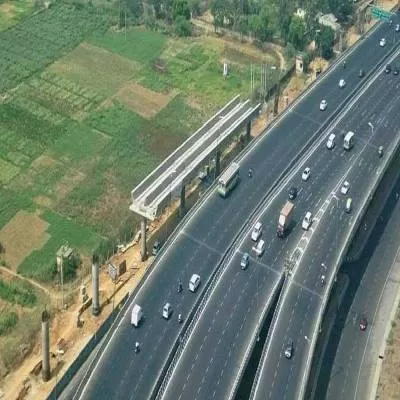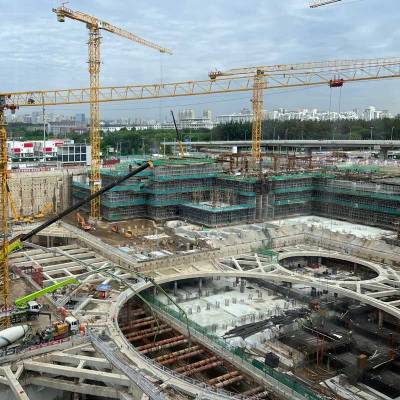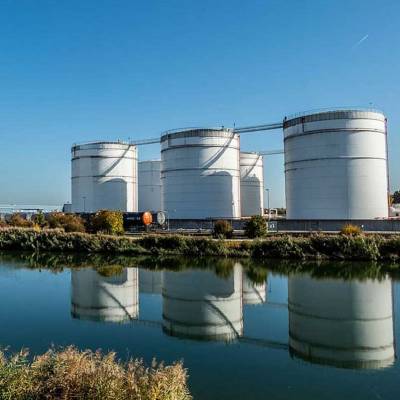- Home
- Real Estate
- New concession agreement is a booster shot for highways
New concession agreement is a booster shot for highways
CRISIL Research believes two changes – back ending of premium payments and deemed termination of projects – are particularly significant. Allowing greater equity contribution by the authority is also another positive step. Further, stringent penalties on non-compliance of maintenance contracts and collection of real time traffic data would lend clarity and fix responsibility appropriately. These changes will improve the confidence of both developers and lenders in investing in the sector.
Ajay Srinivasan, Director, CRISIL Research, said, “Lender confidence, which was severely damaged in the last few years, will revive with the change in the clause related to premium payment, and introduction of the clause on deemed termination. Further, doubling the cap on equity contribution by the NHAI will make more projects viable at a time when majority of the BOT projects being awarded are on a grant basis.”
Under the amended MCA, premium payment starts only from the fourth year after the completion date compared with the first year previously. That’s a significant relief to both developers and lenders because most projects end up with debt-service coverage ratio of less than 0.8-1.0 time in the first three to four years after completion date. Additionally, the government has enhanced the scope of revenue-shortfall loans to include projects where judicial pronouncements impact cash flows.
Deemed termination of projects that do not progress even after a year of award gives greater clarity on the termination process, but no penalties have been mooted on the awarding authority. Almost half the projects awarded between 2011 and 2013 had to be terminated because of delays in land acquisition and other clearances. To boot, the termination process was complex and painful, taking more than two years in half the instances. And projects that were executed despite delays saw huge cost overruns.
All these things scared off banks, with the result that lending growth to the sector more than halved in the past two years compared with the five years preceding.
The script is set to change for new projects that will be awarded under the amended MCA.
The inclusion of new clauses on real time data for toll collection and electronic toll collection will also increase transparency and lender comfort.
“The interest of users has also been protected because developers cannot increase toll rates prior to – or more than – what’s given in the official notification. Flouting will attract a steep penalty of up to 200 per cent of toll fees. Also, if traffic is more than what the road is designed for, developers will have to spend on maintenance and augment capacity. If they don’t, another stiff penalty kicks in,” said Srinivasan.
CRISIL Research believes the changes to the MCA, and to some policies earlier, have significantly improved the outlook on the national highways sector. We expect project awards by the NHAI to increase nearly 50 per cent in fiscal 2016. The share of BOT projects, on the other hand, could rise from 25 per cent in fiscal 2015 to over 50 per cent by 2017. A significant improvement in overall execution rates will happen gradually, over a couple of years. But things are definitely – and finally – looking bright for India’s highways sector.
India’s national highways sector received a big regulatory boost with the ministry of roads and highways clearing amendments to the model concession agreement (MCA) for awarding projects on a build-operate-transfer, or BOT, basis. CRISIL Research believes two changes – back ending of premium payments and deemed termination of projects – are particularly significant. Allowing greater equity contribution by the authority is also another positive step. Further, stringent penalties on non-compliance of maintenance contracts and collection of real time traffic data would lend clarity and fix responsibility appropriately. These changes will improve the confidence of both developers and lenders in investing in the sector. Ajay Srinivasan, Director, CRISIL Research, said, “Lender confidence, which was severely damaged in the last few years, will revive with the change in the clause related to premium payment, and introduction of the clause on deemed termination. Further, doubling the cap on equity contribution by the NHAI will make more projects viable at a time when majority of the BOT projects being awarded are on a grant basis.” Under the amended MCA, premium payment starts only from the fourth year after the completion date compared with the first year previously. That’s a significant relief to both developers and lenders because most projects end up with debt-service coverage ratio of less than 0.8-1.0 time in the first three to four years after completion date. Additionally, the government has enhanced the scope of revenue-shortfall loans to include projects where judicial pronouncements impact cash flows. Deemed termination of projects that do not progress even after a year of award gives greater clarity on the termination process, but no penalties have been mooted on the awarding authority. Almost half the projects awarded between 2011 and 2013 had to be terminated because of delays in land acquisition and other clearances. To boot, the termination process was complex and painful, taking more than two years in half the instances. And projects that were executed despite delays saw huge cost overruns. All these things scared off banks, with the result that lending growth to the sector more than halved in the past two years compared with the five years preceding. The script is set to change for new projects that will be awarded under the amended MCA. The inclusion of new clauses on real time data for toll collection and electronic toll collection will also increase transparency and lender comfort. “The interest of users has also been protected because developers cannot increase toll rates prior to – or more than – what’s given in the official notification. Flouting will attract a steep penalty of up to 200 per cent of toll fees. Also, if traffic is more than what the road is designed for, developers will have to spend on maintenance and augment capacity. If they don’t, another stiff penalty kicks in,” said Srinivasan. CRISIL Research believes the changes to the MCA, and to some policies earlier, have significantly improved the outlook on the national highways sector. We expect project awards by the NHAI to increase nearly 50 per cent in fiscal 2016. The share of BOT projects, on the other hand, could rise from 25 per cent in fiscal 2015 to over 50 per cent by 2017. A significant improvement in overall execution rates will happen gradually, over a couple of years. But things are definitely – and finally – looking bright for India’s highways sector.






















